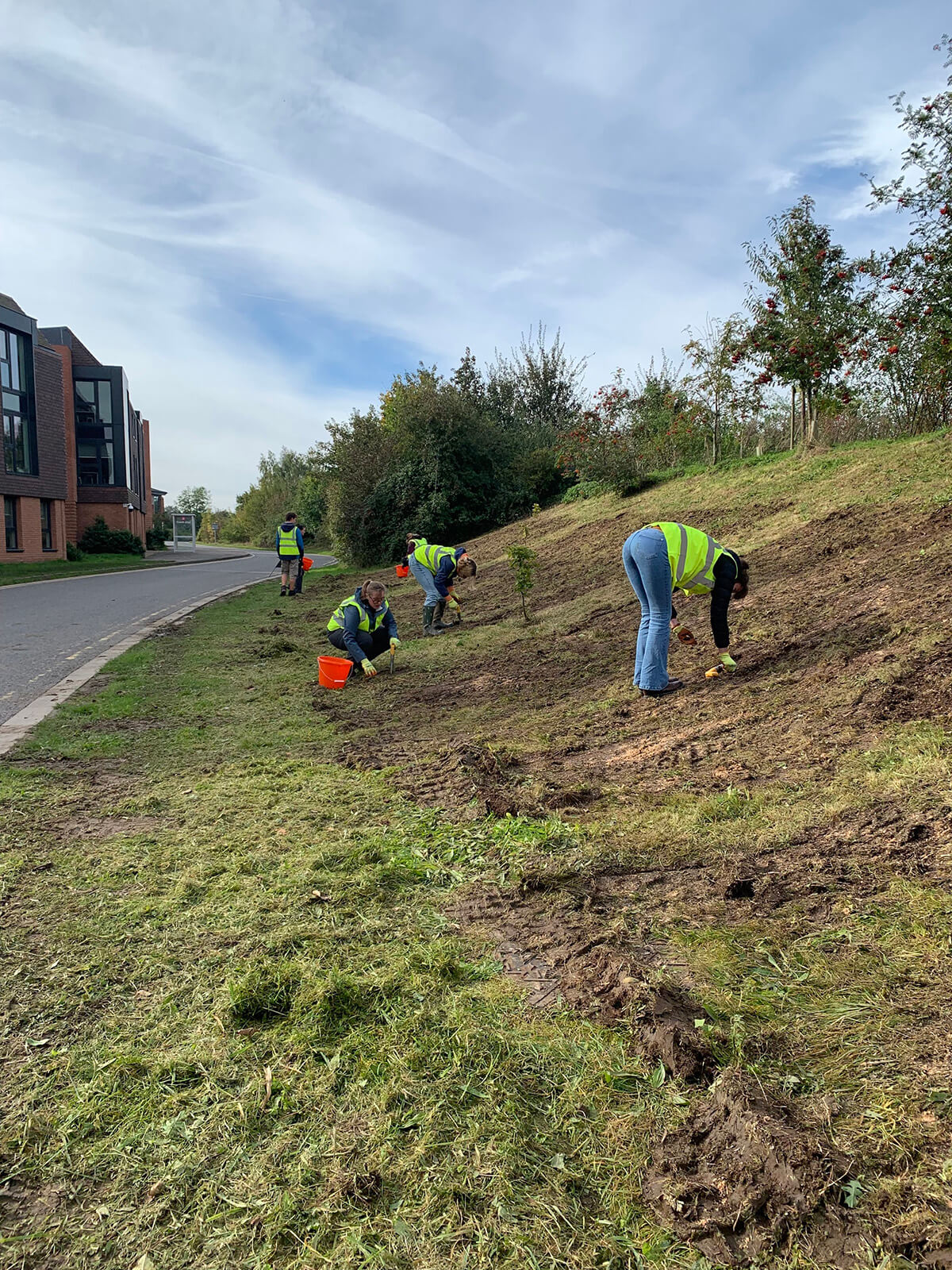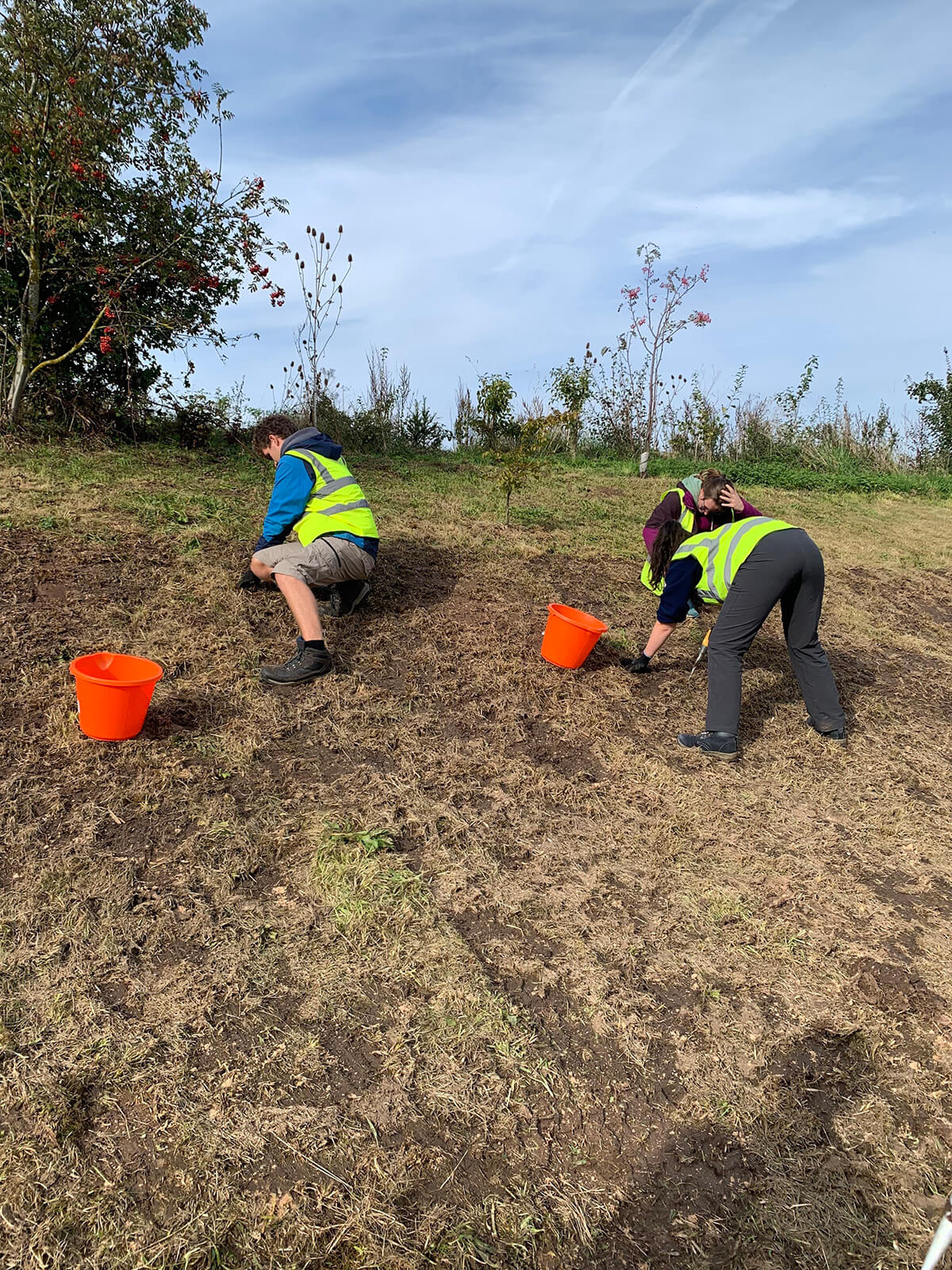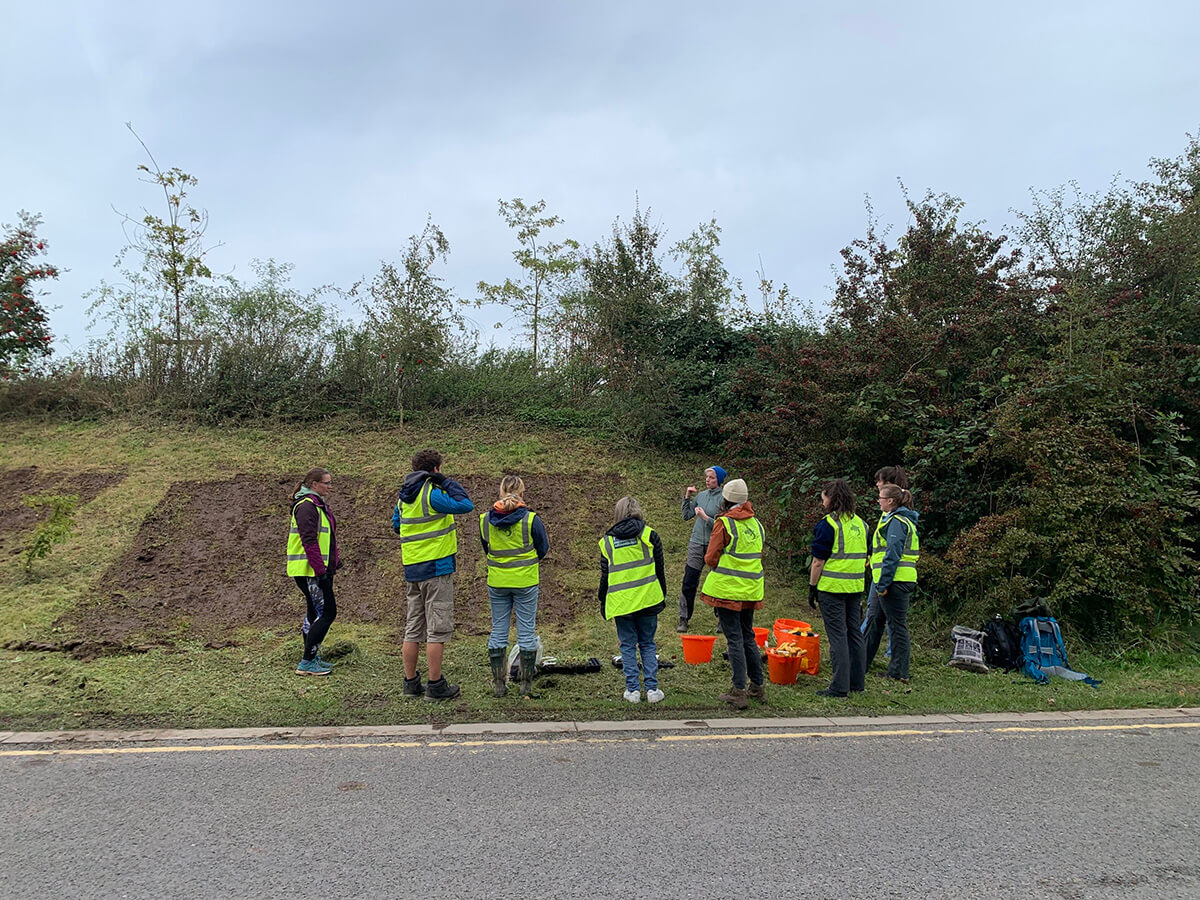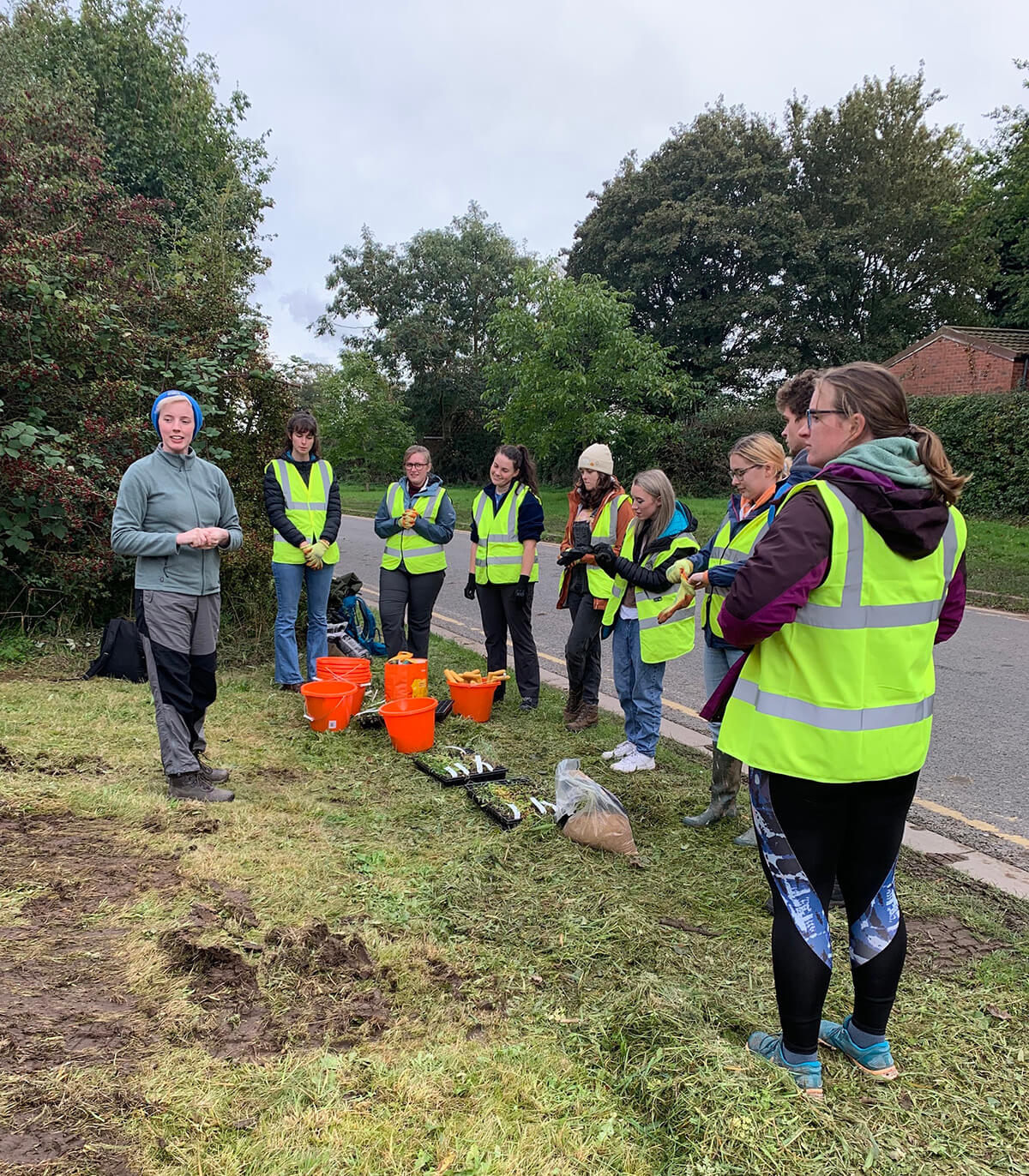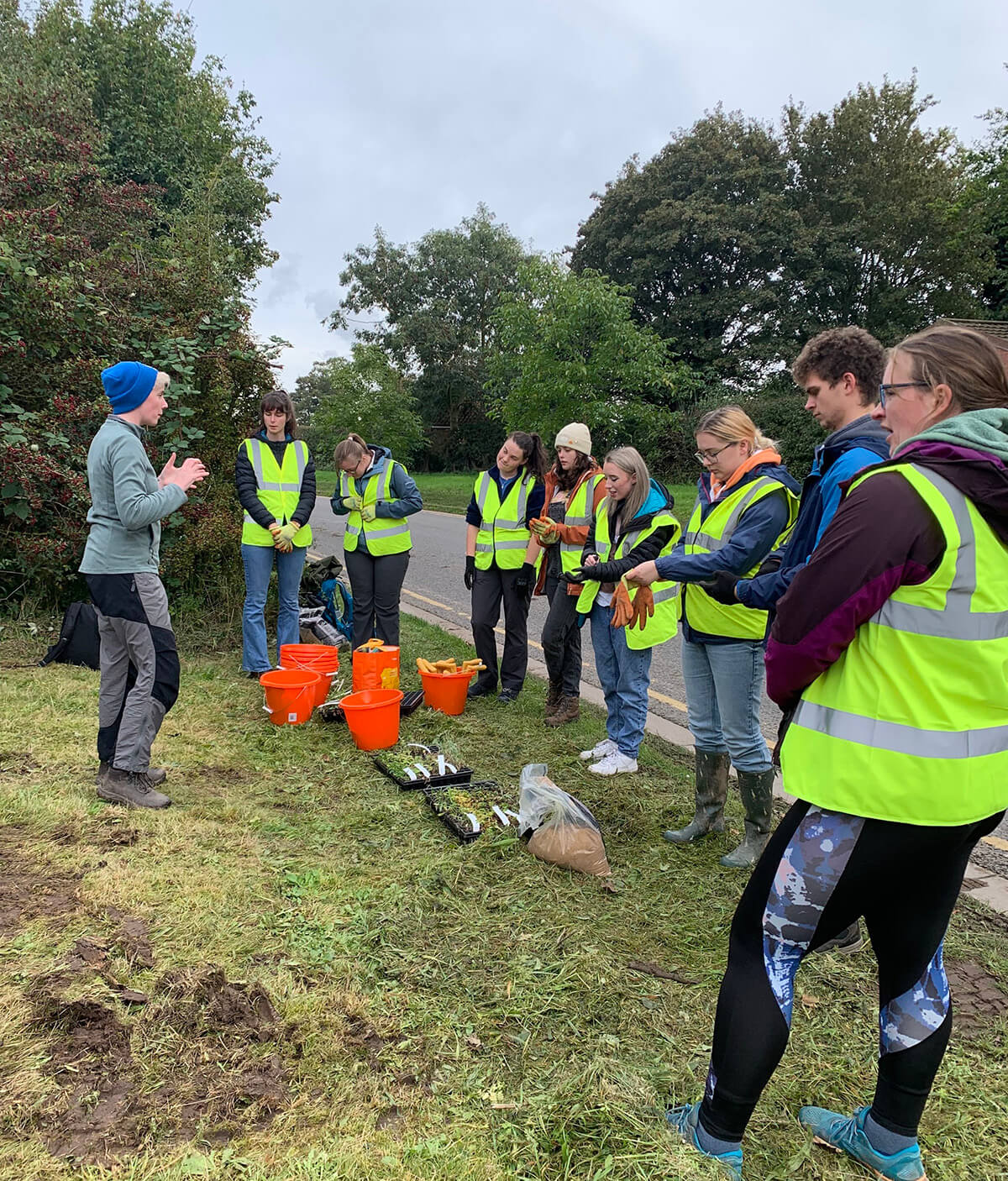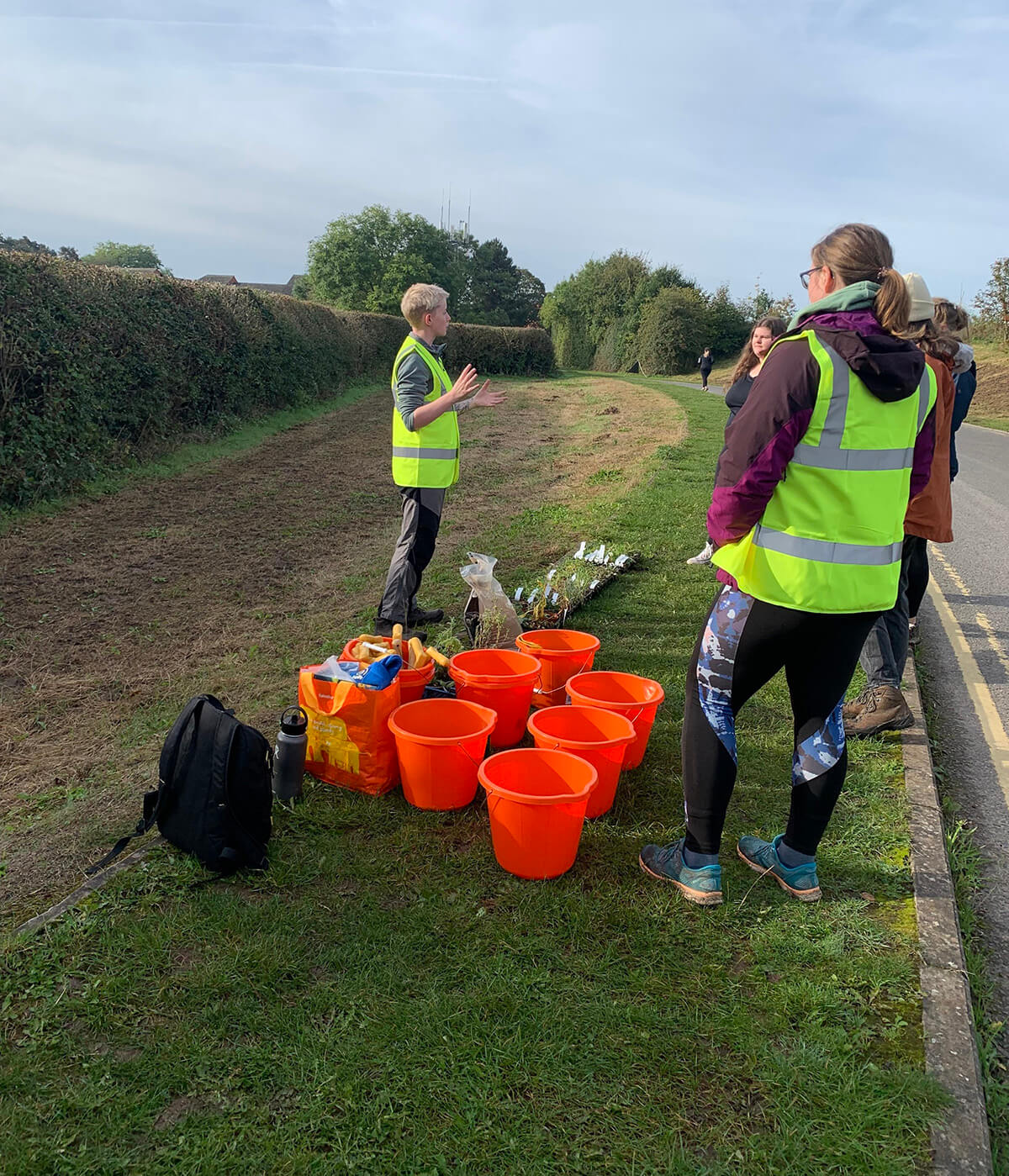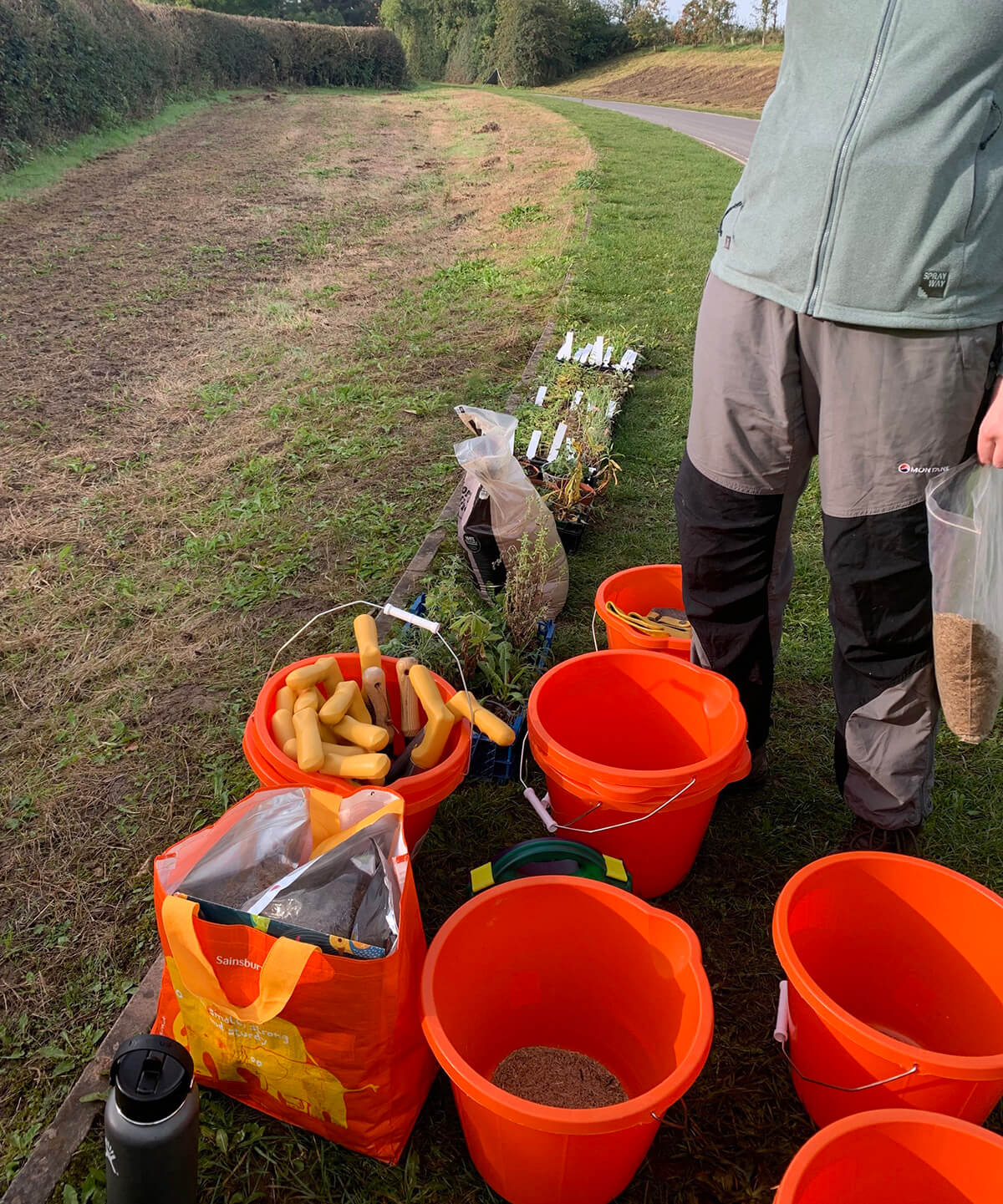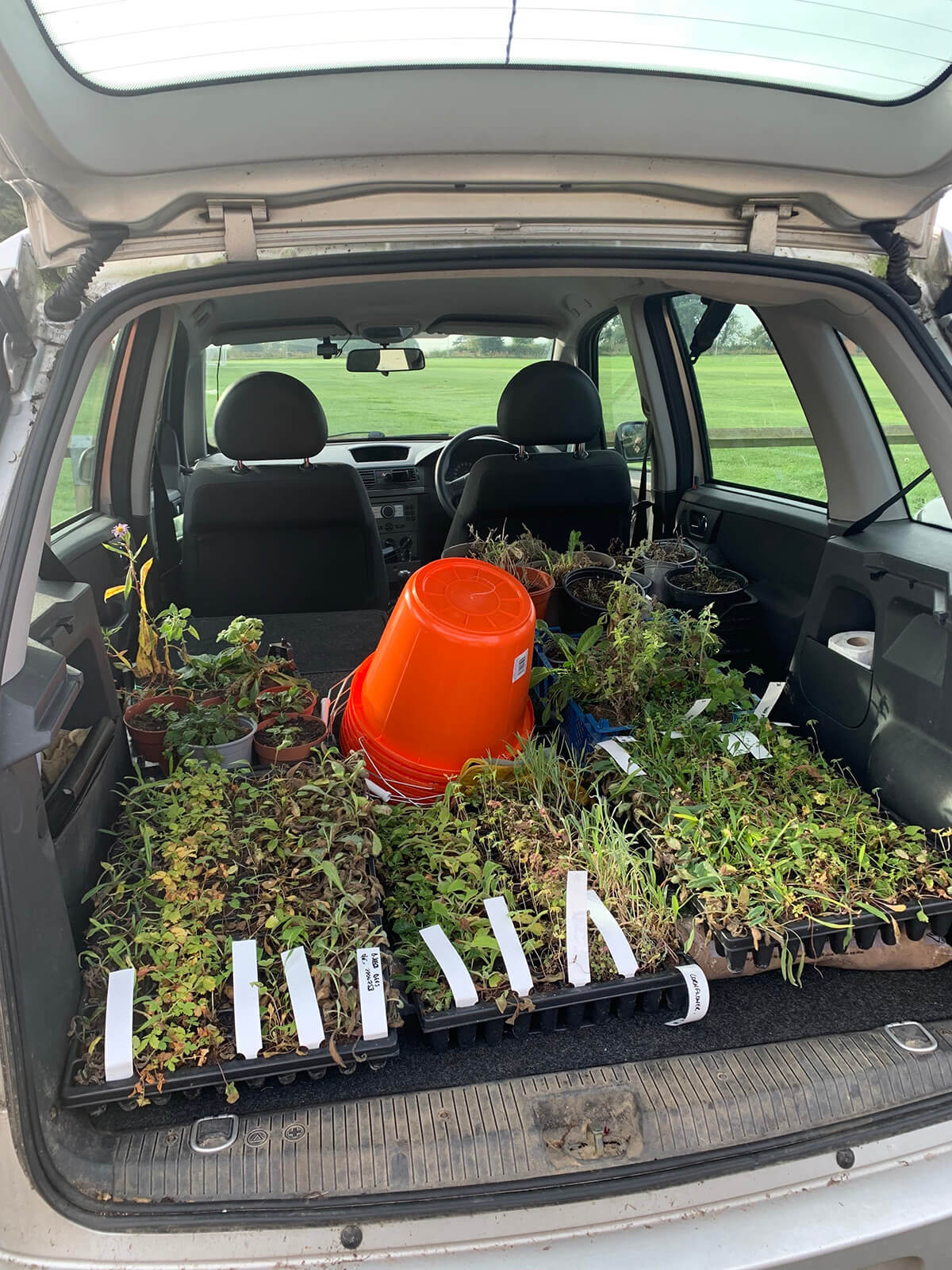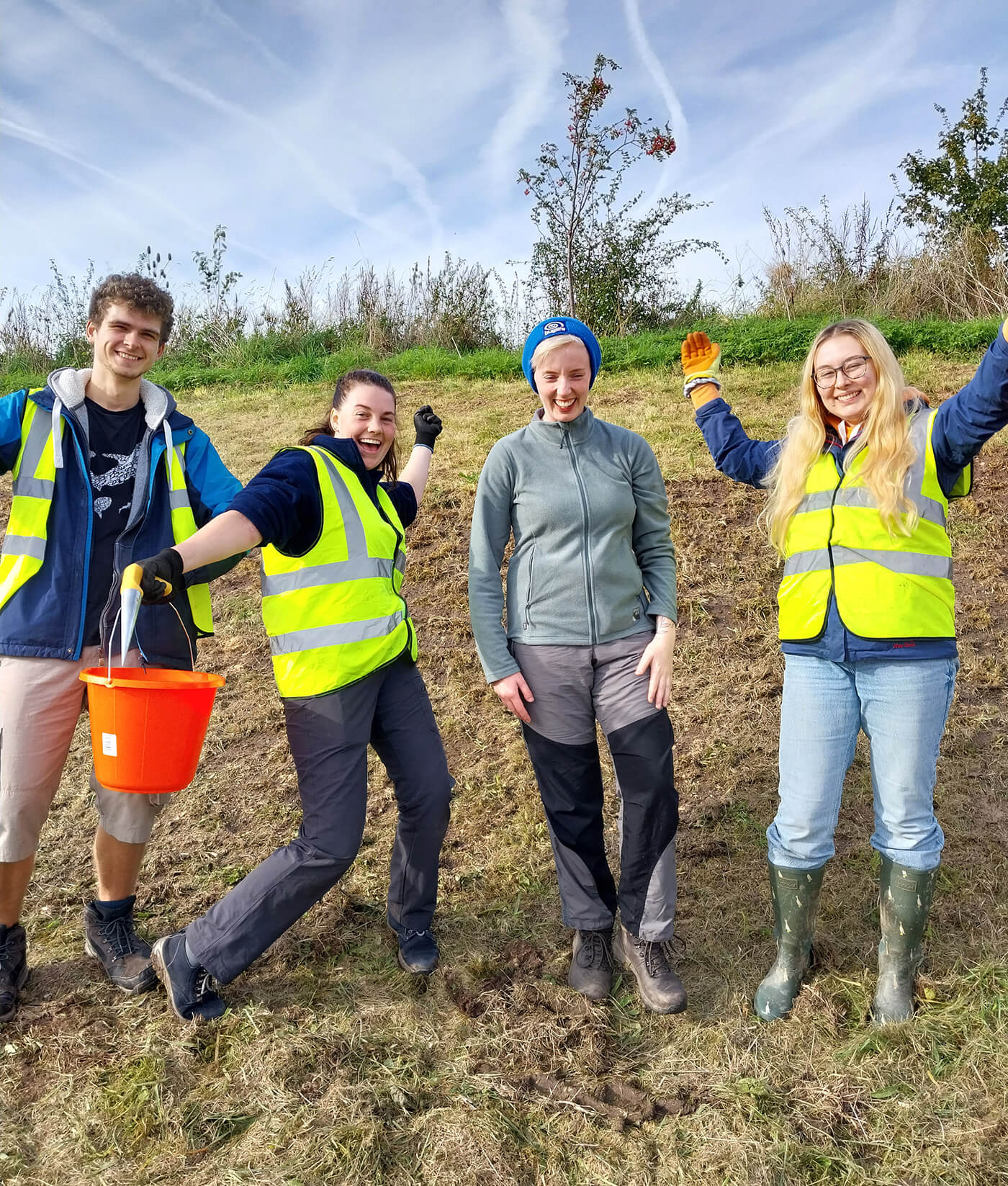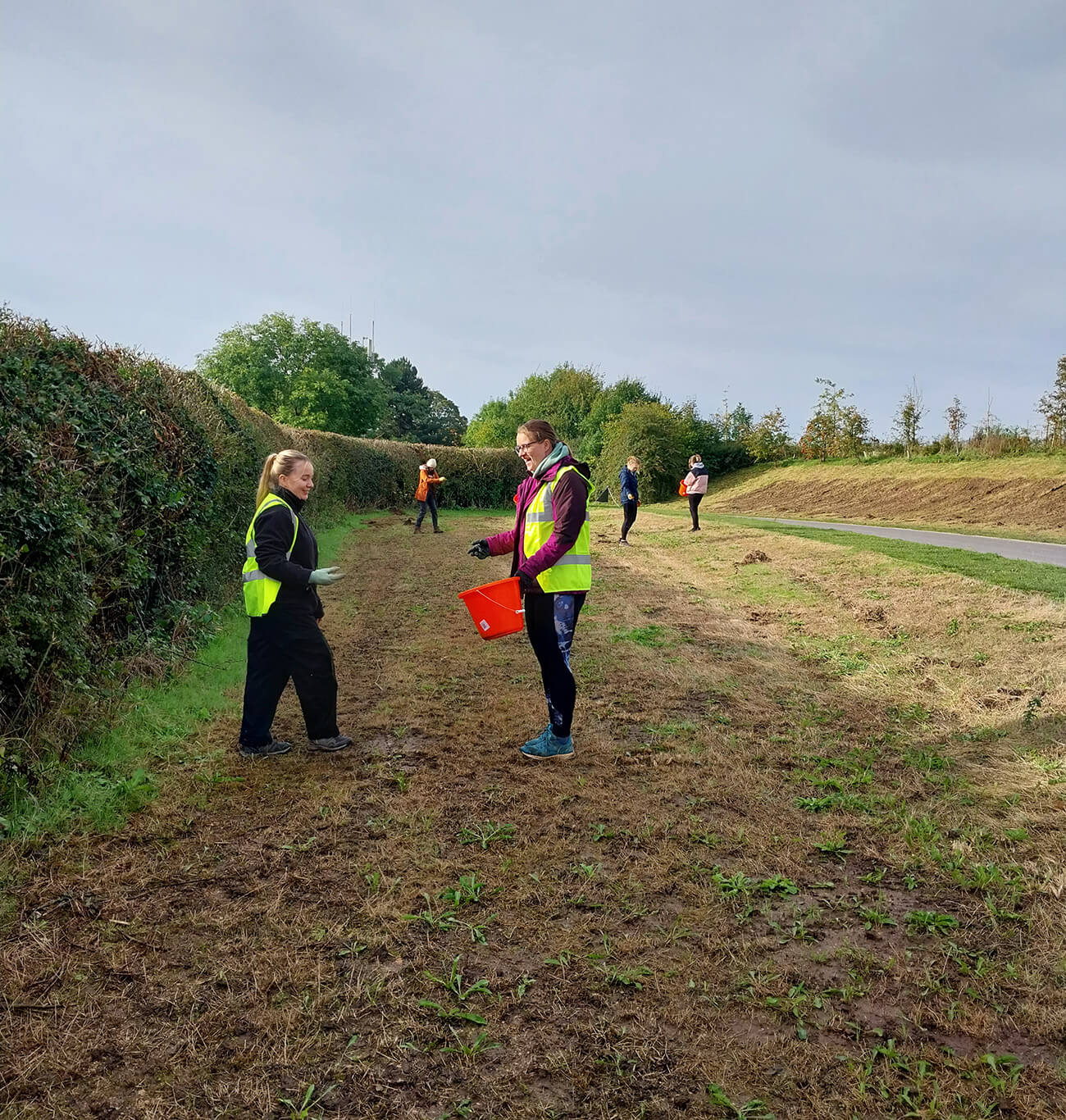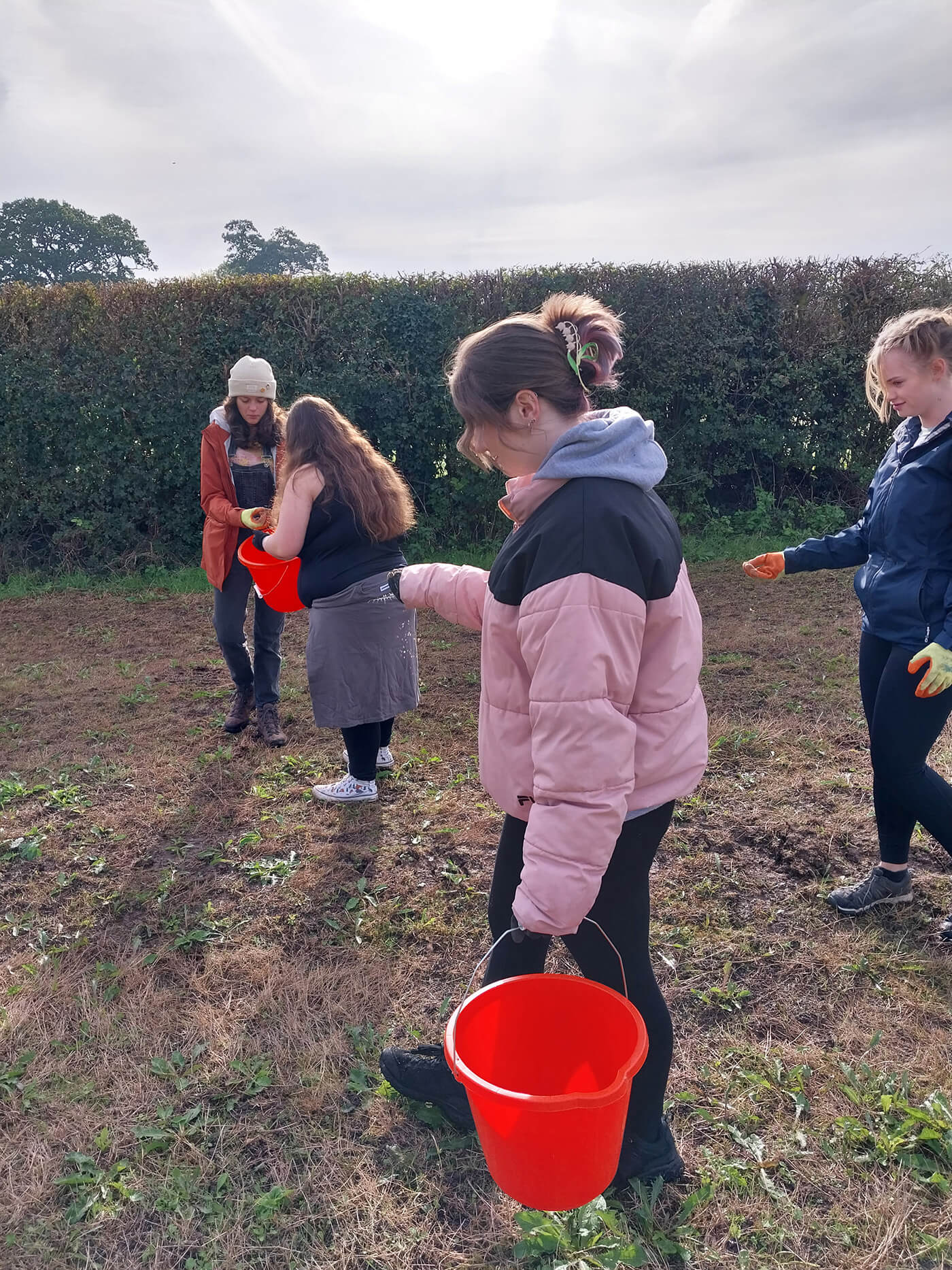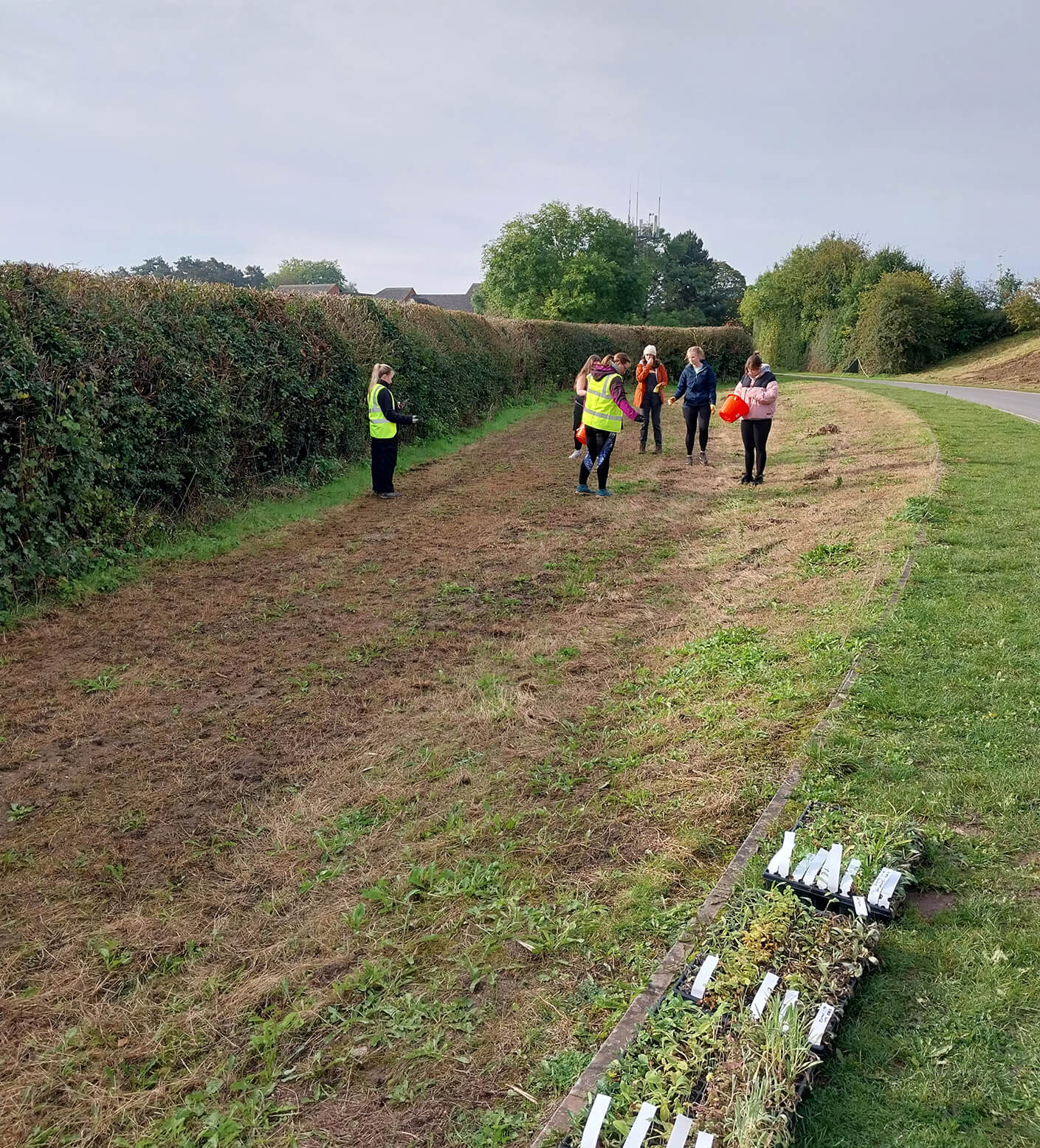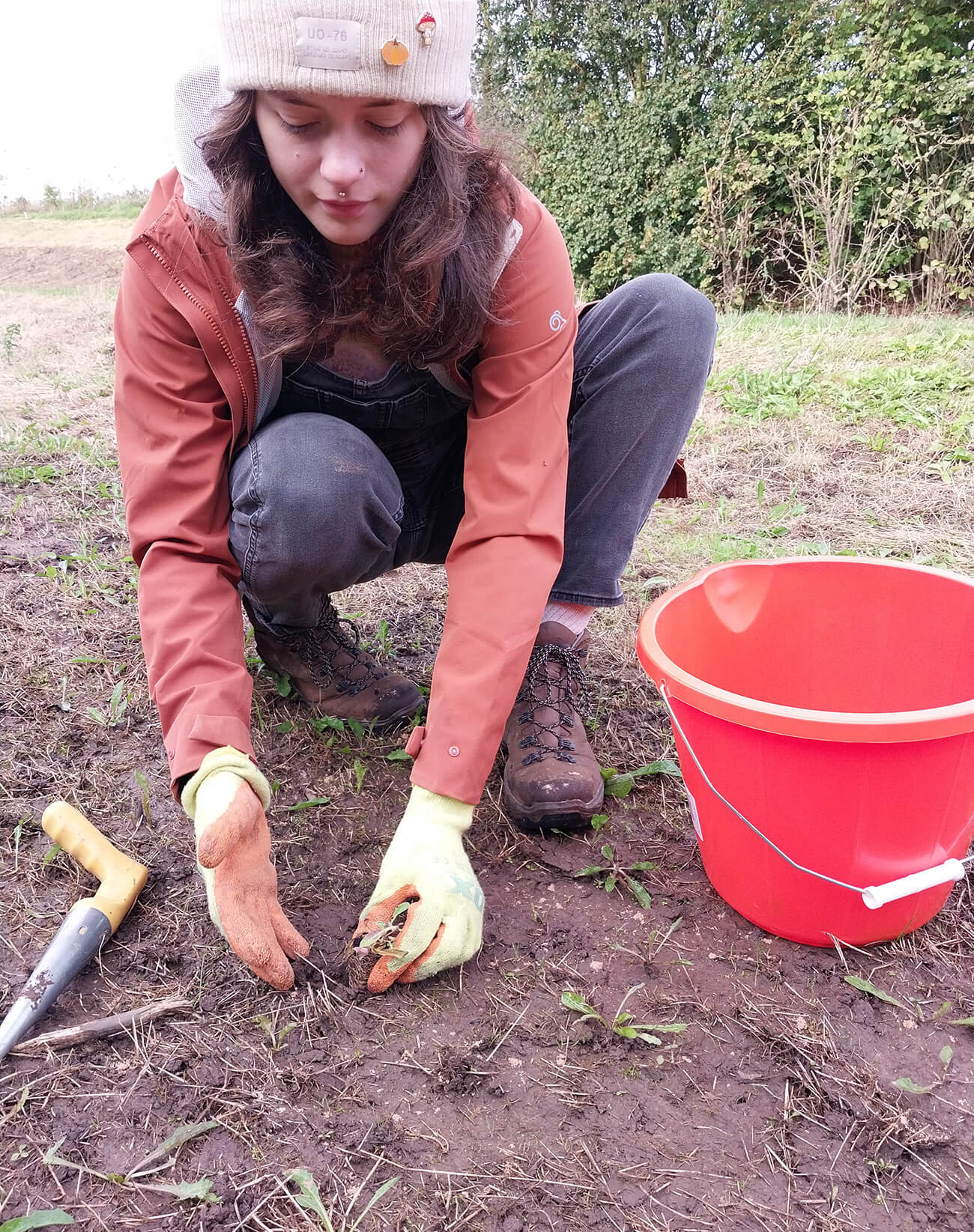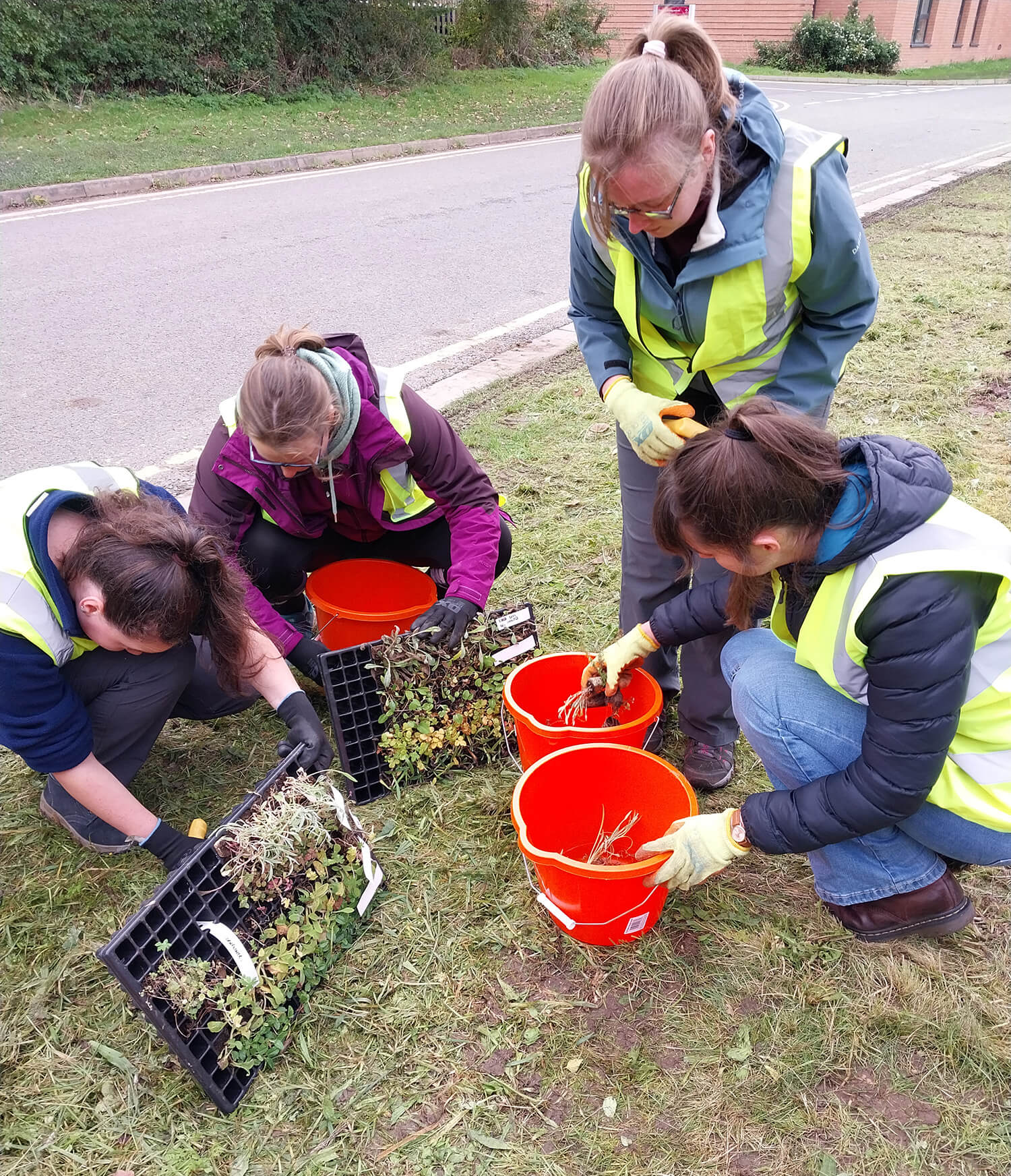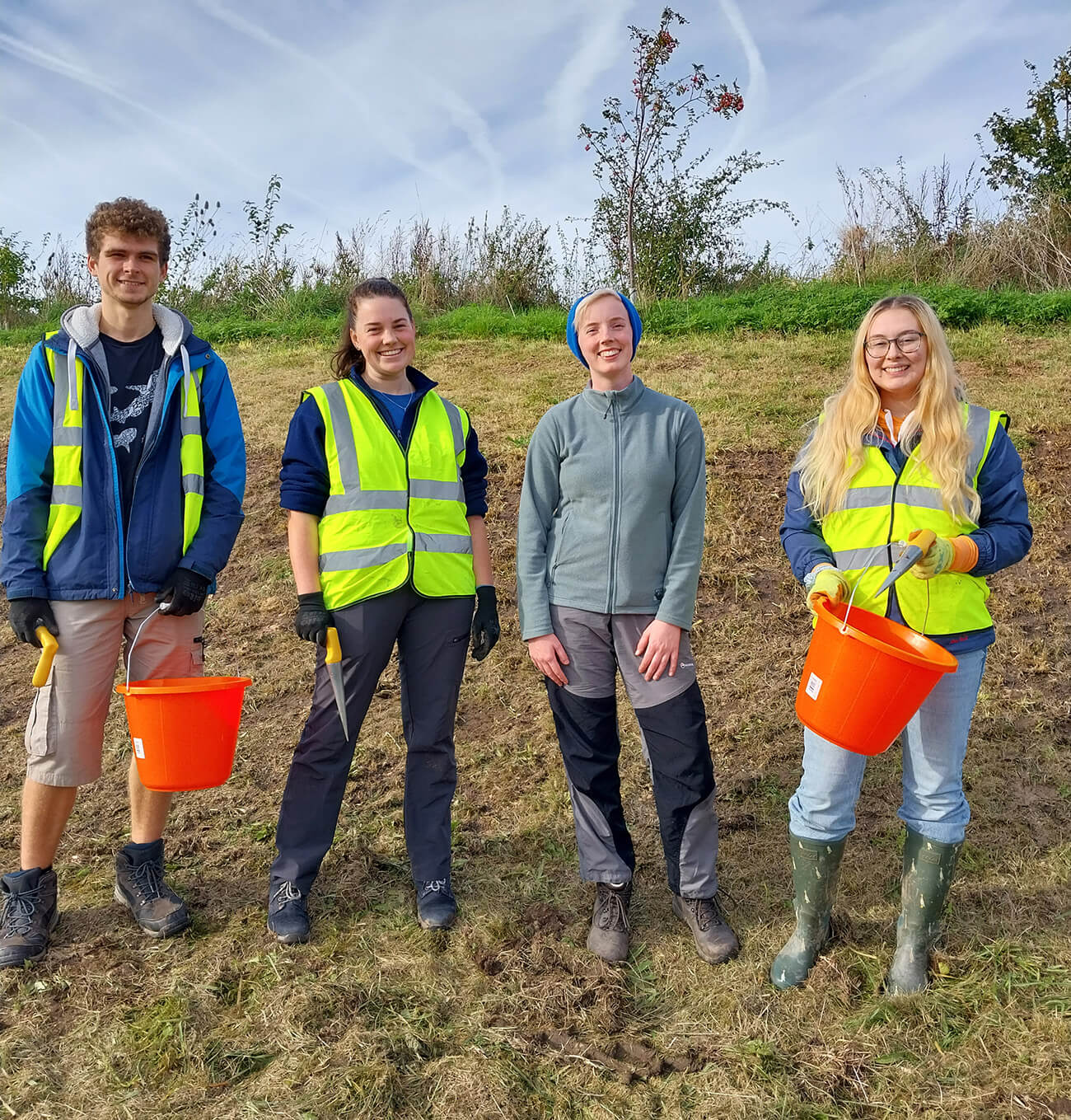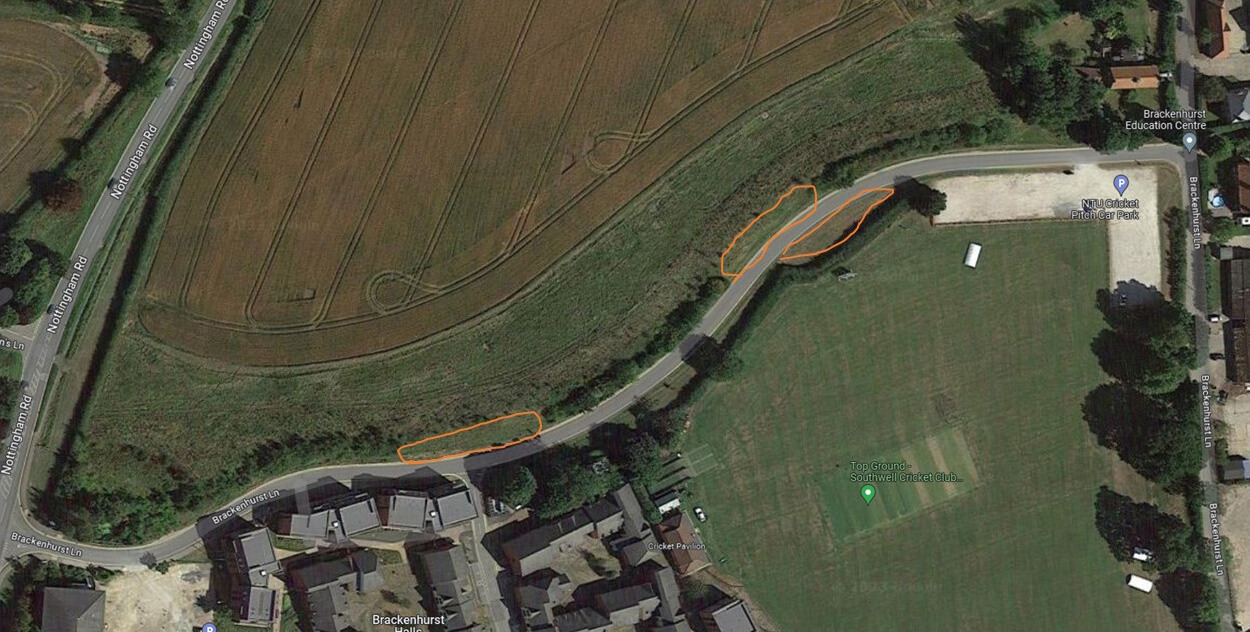EDWPS supported the planting of 0.94 hectares of wildflowers in the UK across 2022-2023
EDWPS is part of an imaginative and beautiful solution to the problem of the loss of flowers and pollinators in the UK. Not only are wildflowers attractive and beneficial to our well-being, but for the thousands of pollinating insects, wildflowers are critical.
Since 1940 we’ve lost ninety seven percent of our flower rich meadows and hundreds of our pollinator species are in decline. In areas, our local wildlife finds itself in isolated oases, walled in by agricultural land, urban landscapes, roads, and gardens.
Our solution is to restore B-Lines – a network of insect pathways along which we are restoring and creating wildflower rich habitat. These insect super highways created in partnership with GreenTheUK and Buglife will extend across the whole of the UK, allowing wildlife to move freely through our countryside and towns. Thanks to EDWPS, we have created a network of flower-rich pathways benefitting pollinators, other wildlife and people.

Wildflower Restoration in Nottinghamshire (0.94 hectares)
With students from Brackenhurst Campus in Southwell at the Nottingham Trent University, EDWPS supported the planting of native wildflower seeds and plug plants along 3 sections of main drive into Brackenhurst Campus. The campus is both a working farm and a wildlife haven with dedicated spaces to outdoor learning environments. A further selection of established plants were planted by students as part of their environmental education near the animal unit on-site a few weeks after the prelimary planting. The wildflowers planted will play an important role in further improving a species-rich haven.
As a Nottingham based business, EDWPS already have ties with Nottingham Tent University and are pleased to have supported students with the opportunity to learn about biodiversity and transform the habitat on their site with seeds and plugs. Brackenhurst campus run courses on biodviersity conservation making this area another fantastic example of habitat that has been transformed.
Plug planting is a great way to add extra species to a site and give them a better chance of establishing. We often supplement seed scattering with additional plug plants to either add certain species that may not have been included in the seed mixes or bolster the site with specific species suited to the habitat. Plug plants often have a higher survival rate and prove more effective in the long run when trying to make sure certain species are present on a given site. They act similarly to when you plant potted plants in your garden or window box, providing an instant source of habitat, shelter, and food (when in flower) for local pollinating insects and other invertebrates. They also provide volunteers with a rewarding exercise so you are able to immediately see the impact of your planting on a site.
Wildflowers & Grasses Planted

UN's Sustainable Development Goals
As a GreenTheUK partner, you support projects that are in line with the UN Sustainable Development Goals.

Take urgent action to combat climate change and its impacts.

Sustainably manage forests, combat desertification, halt and reverse land degradation, halt biodiversity loss.













































